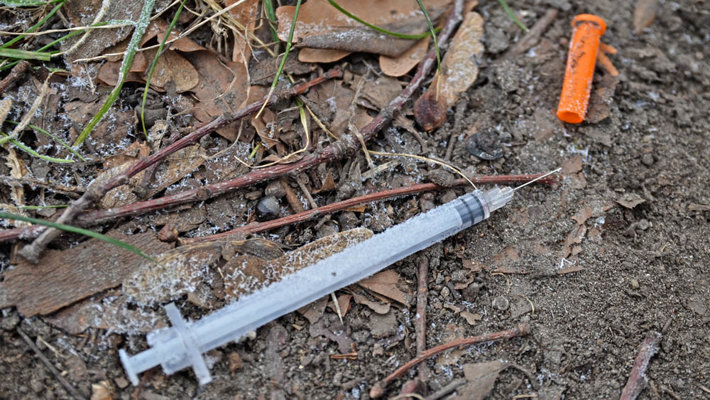Switzerland Drug Addiction

For scores of years, Switzerland has been known as a tolerant, democratic country. Its internal atmosphere toward its citizens was one of inclusion, not exclusion. Even with major world wars raging around it, the Swiss managed to maintain a neutrality.
This benign, inclusive neutrality was sorely tested when illicit drugs arrived on the scene in the late 1960s and early 1970s.
The Swiss Apply Themselves to Solving the Problem
In the late 1960s, the use of psychoactive drugs rose, with the use of cannabis and heroin or other opiates leading the way. As addiction figures rose, the Swiss began to have this problem presented to them in a grim and blatant form. Zurich became known as a center for heroin abusers in Europe. An area in the middle of Zurich known as Platspitz became known as “Needle Park.” Thousands of heroin addicts gathered to shoot up, snort cocaine, hang out, leave their refuse and generally create an unhealthy and ugly scene.

At first, the Swiss tried to make the problem disappear with a law enforcement solution. They repressed drug use and trafficking with arrests and incarceration. The proportion of the prison population jailed for drug use increased to 80 percent at one time. Police began to push the addicts out of Platspitz. Addicts moved out of the center of town but simply regrouped around an abandoned train station.
Forms of drug addiction treatment were abstinence-based until methadone came along. Prevention efforts targeted younger Swiss citizens with avoidance messages.
Then, according to some analysts, two forces changed the way the Swiss addressed the problem. One analyst speculated that the ruthless law enforcement approach ran counter to the native Swiss tendencies toward tolerance and inclusion. And then in the 1980s, HIV and AIDS began to spread through the population of addicts. And so the country took a new approach toward substance abuse and addiction among its citizenry.
Changing Gears - But Still Not Eliminating the Cause of the Problem
The country began to look for other ways to eliminate the worst aspects of their drug abuse and addiction problems. In 1992, the state approved a trial of Heroin Assisted Treatment (HAT), a treatment program in which those who had failed at other methods of treatment could receive medically-controlled doses of heroin every day and thus hopefully be integrated back into society. This trial ran until 1997 and was evaluated as successful in alleviating some of the worst aspects of addiction - the spread of disease, criminality and prostitution to support the habit, and the exclusion of the person by the rest of society.
It’s estimated that about half of all opiate addicts are receiving treatment. Only about three percent are in HAT programs, while the remainder, by and large, are in methadone/substitution programs. In 2007, 20,000 people received substance abuse treatment in Switzerland. A little less than half of these people were in drug treatment facilities for opiate addiction. Another quarter entered drug rehabs for help with cocaine addiction and about a fifth of those in drug treatment facilities for their addictions to cannabis.
While these programs do reduce some of the harmful aspects of addiction, what they do not do - what they do not teach - what they do not insist on is the development of a completely drug-free life. When an addict turns his or her life around fully and leaves all drugs and alcohol behind, he or she can truly experience the joy of living again.
In Narconon, addicts can find the solution they need to drug or alcohol addiction. A thorough detoxification followed by counseling and life skills training enables a person in a drug program to see things in a whole new light so they can live an enjoyable, productive life again. This is the way the Narconon drug and alcohol rehabilitation program works.
 ®
®